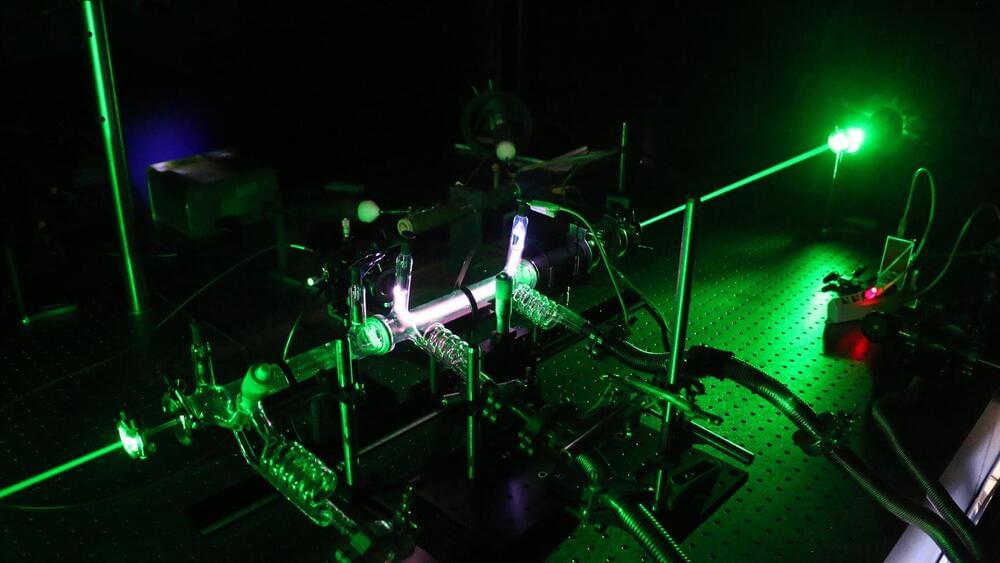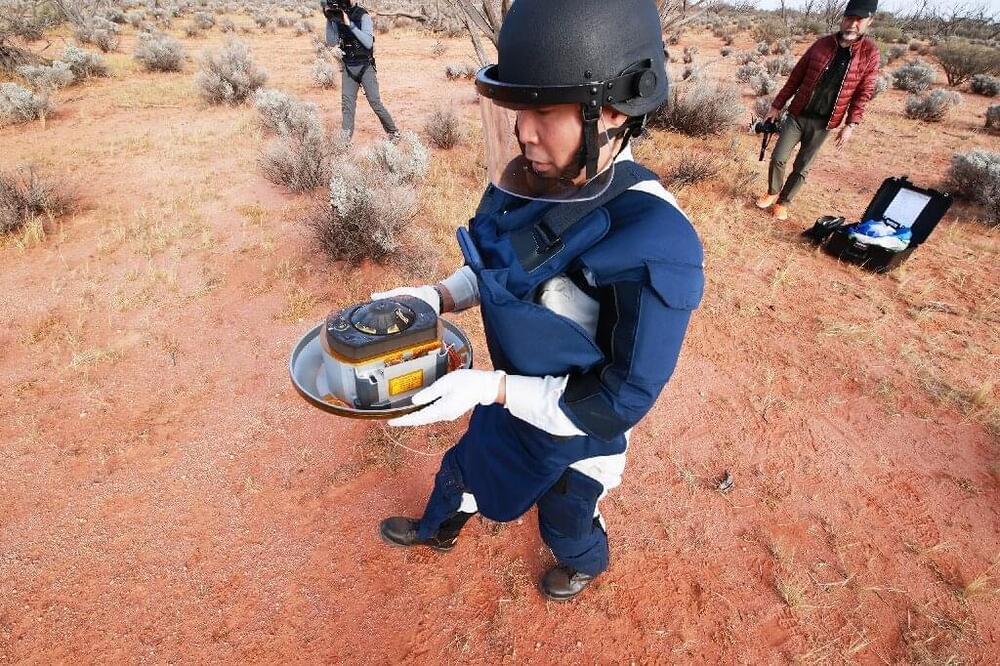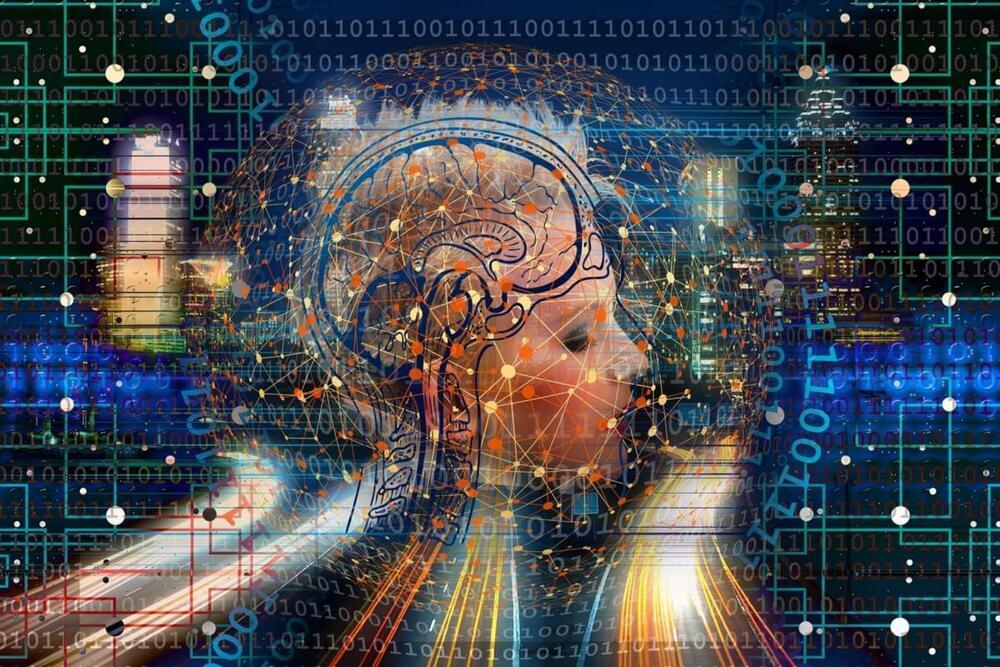We’re talking fuels and fertilizers required for the development of life-support systems on the Red Planet.
In 2015, Vasco Guerra, from the University of Lisbon, happened to attend a lecture by Professor Dava Newman, director of the MIT Media Lab and a former deputy administrator of NASA, on space exploration and the forthcoming NASA missions. Back then, Guerra was leading a project on plasma reforming of carbon dioxide on Earth — how CO2 could be a potential raw material to produce fuels with the help of green energy.
Scientists have been working on plasma technologies to split CO2 into oxygen and carbon monoxide, primarily prompted by the persistent problems of climate change. international team of researchers have introduced a plasma-based method that could convert carbon dioxide into oxygen and produce fuels on Mars.
😗
In exploring a family of two-dimensional crystals, a husband-and-wife team is uncovering a potent variety of new electron behaviors.
The latest language models are amazing. But for general artificial intelligence, I suspect we’re barking up the wrong tree.
It’s odd to try to create artificial intelligence without taking inspiration from the only existing natural intelligences we have: humans and animals. Yet that is the current direction of AI research.
Brandon Ennis, Sandia National Laboratories’ offshore wind technical lead, had a radically new idea for offshore wind turbines: instead of a tall, unwieldy tower with blades at the top, he imagined a towerless turbine with blades pulled taut like a bow.
This design would allow the massive generator that creates electricity from spinning blades to be placed closer to the water, instead of on the top of a tower 500 feet above. This makes the turbine less top-heavy and reduces the size and cost of the floating platform needed to keep it afloat. Sandia filed a patent application for the design in 2020.
However, before he could set his idea in motion, the team needed to build software capable of modeling the response of the turbine and floating platform to different wind and sea conditions to determine the optimal design of the whole system.
Somerville and John Gibbons, a genomicist at the University of Massachusetts, Amherst, independently focused on food fermentation, which helped early farmers and herders transform fresh produce and milk into products that can last months or years. Gibbons took a close look at the genome of Aspergillus oryzae, the fungus that jump-starts production of sake from rice and soy sauce and miso from soybeans.
When farmers cultivate A. oryzae, the fungus—a eukaryote, with its DNA enclosed in a nucleus—reproduces on its own. But when humans take a little finished sake and transfer it to a rice mash to begin fermentation anew, they also transfer cells of the fungal strains that evolved and survived best during the first round of fermentation.
Gibbons compared the genomes of scores of A. oryzae strains with those of their wild ancestor, A. flavus. Over time, he found, selection by humans had boosted A. oryzae’s ability to break down starches and to tolerate the alcohol produced by fermentation. “The restructuring of metabolism appears to be a hallmark of domestication in fungi,” he reported last week at Microbe 2022, the annual meeting of the American Society for Microbiology. For example, domesticated Aspergillus strains may have up to five times more copies of a gene for metabolizing starches as their ancestor—“a brilliant way for evolution to turn up this enzyme,” Wolfe says.
China, which face population collapse due to low fertility rate, is starting to take steps to encourage more births.
China’s fertility rate is 1.1 children per woman. Replacement level to maintain a stable population size is 2.1 children per woman.
A total of 17 Chinese government departments on Tuesday jointly released a guideline on support policies in finance, tax, housing, employment, education and other fields to create a fertility-friendly society and encourage families to have more children, as the country faces growing pressure from falling birth rates.
Analysts said that it is rare to see so many ministries and departments jointly release such a detailed and comprehensive guideline on encouraging fertility and supporting childbearing, underscoring the seriousness of the growth rate of China’s population, which has slowed significantly, with a contraction expected before 2025.
Tuesday’s guideline was released to implement policies to support each couple to have a third child, push the government, institutions and individuals to fulfill their responsibilities in creating a friendly environment for marriage and fertility, and promote population growth, according to the guideline.
The future of weight loss
Posted in biotech/medical, futurism
We have eradicated smallpox, cured many bacterial diseases, and invented a vaccine for Covid-19 within the year. But for a very long time we haven’t had a single good treatment for obesity. Has that now changed?









